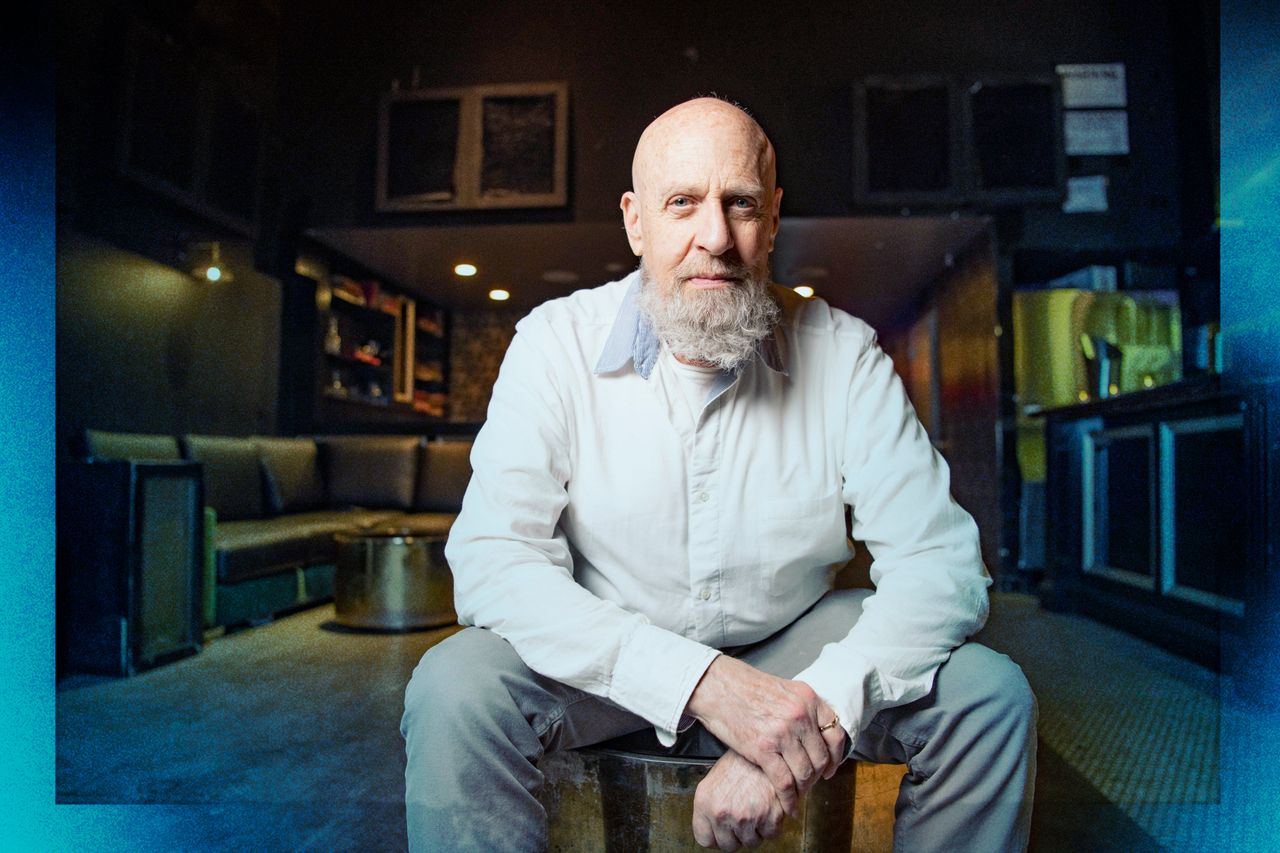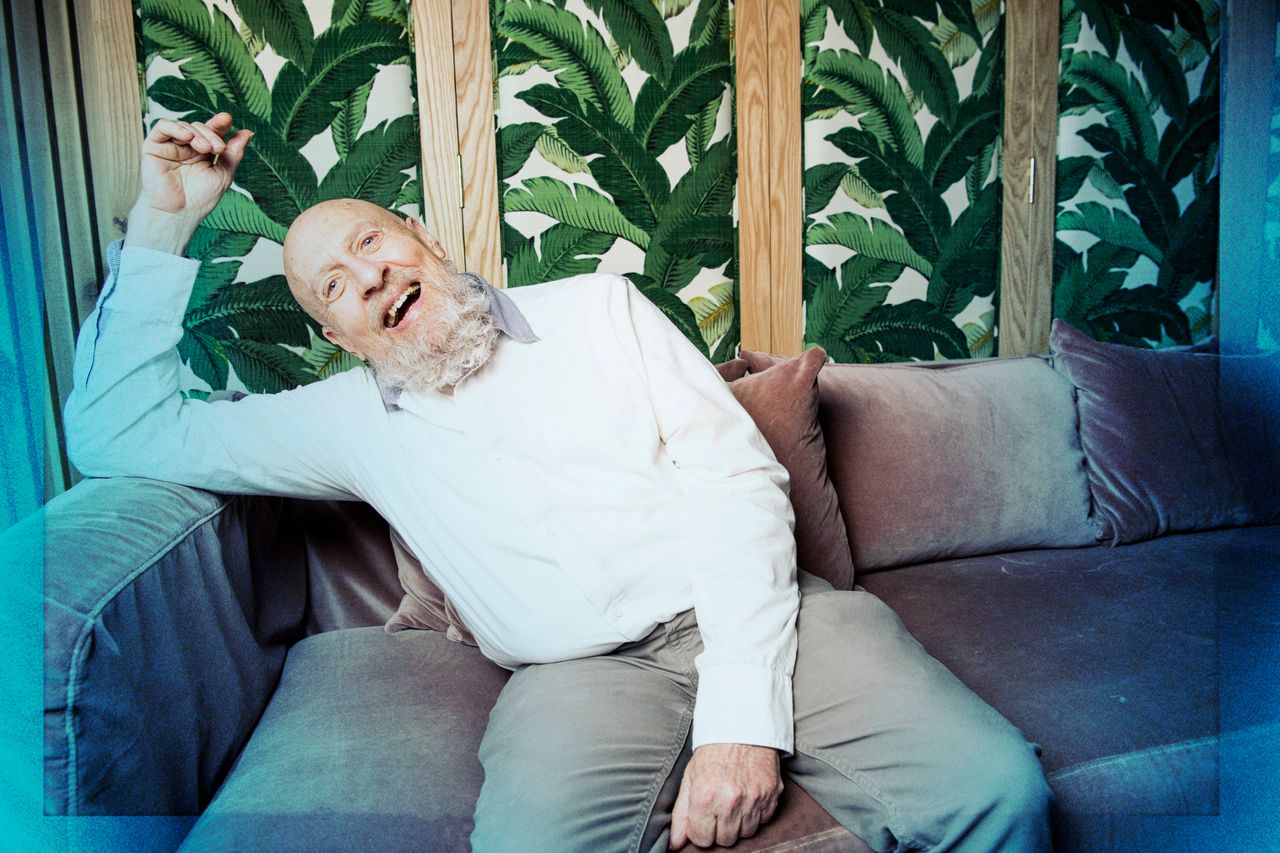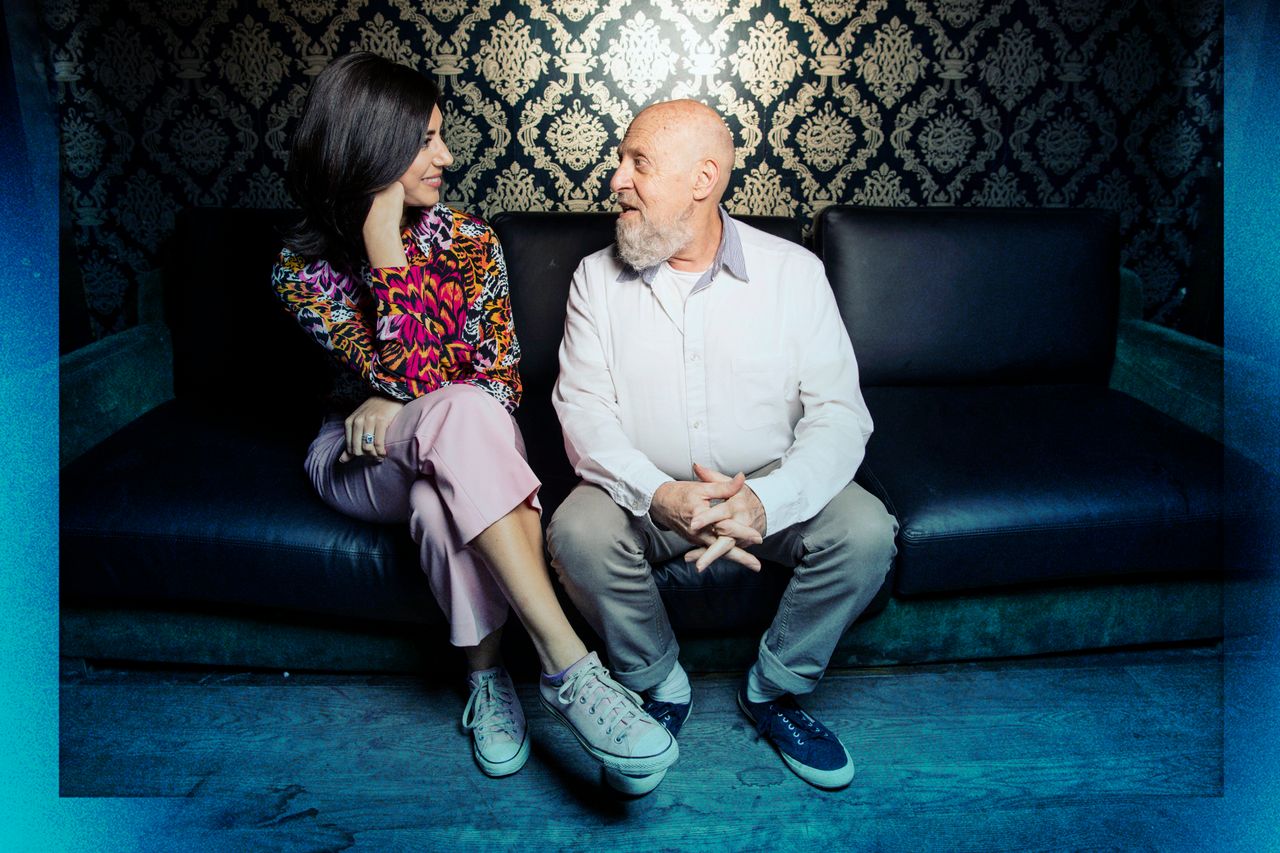The filing cabinets in Stanley Stellar’s downtown studio are swollen with contact sheets; silver gelatin prints and Kodak film reel― a visual lexicon of gay life on the streets of New York City during the 1970s and 1980s that feels at once nostalgic and unparalleled.
The photographer, now 74, has for the last five decades documented the slowly expanding boundaries of “acceptability” for the gay community… one that started out as little more than a narrow intersection in the West Village, a corner of Greenwich Avenue and Christopher Street.
“You think there was anything on gay history, or gay people, or gay lives, or that we existed without being in jail or in mental hospitals? That was it,” Stellar told HuffPost during an interview for “Between You & Me.” “You went to the West Village because it was dark, and you knew that your parents - or your friends, or your parents’ friends - weren’t going to drive by and see you.”

It’s an era that feels distant in today’s, largely more progressive, Pride-positive America, where multinational corporations across the country colorfully profess their LGBTQ-friendly bonafides. It’s something Stellar is conflicted about, both lamenting the corporate co-opting of gay-spaces, as well as celebrating the fact that progressive corporations want to be associated with Pride.
“Gay Pride was more like a block party on Christopher Street. The end. That was it. One day, one street,” he reflected.
These meditations on a bygone era are touched upon in a documentary called “Stanley Stellar: Here For This Reason,” which debuted at the Tribeca Film Festival in March. It has been released this month as part of a new documentary initiative between HuffPost and RYOT Films. (You can read the review here).

In the film, producer and director Eric Leven focuses on Stellar’s work documenting semi-nude, often tattooed, gay bodies, with the verve of an anthropologist or archivist.
The work spans a time before and after the AIDS epidemic, but far from dwelling in his photos on the erosion of life by the devastating illness, Stellar’s black-and-white portraits of HIV-positive men during this period are full of vigor.
“I wanted to show that we’re beautiful and human, not diseased and dying,” Stellar, who lost friends to the illness, said.
A vast array of Stellar’s work is currently on display on his Instagram account, where he has started to showcase photography to a new generation: “My work was either too gay for straight publications, or not gay enough for gay publications,” Stellar remarked. “I don’t know what it means even for me to show it but [...] this is who we were. This is who we are. This is what life looked like. This is what it looked like when a gay person stood next to a New York City policeman 20 years ago. And this is what it looks like now. All that’s changed.”

